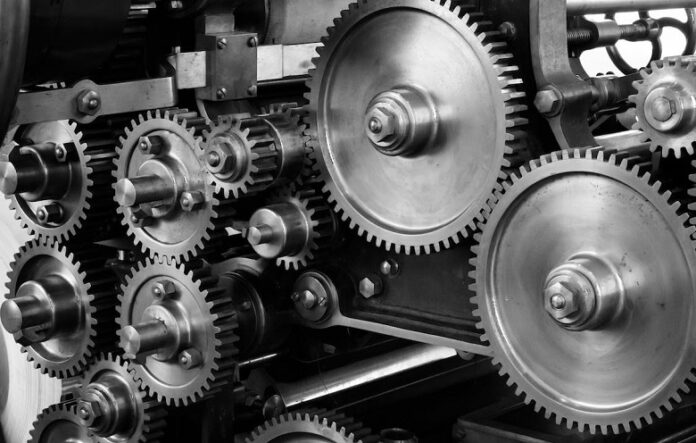The manufacturing world is undergoing a profound transformation. With recent leaps forward in artificial intelligence, advanced sensors, and vision systems, the machines on today’s assembly lines have increasing abilities to “think” for themselves. This phenomenon, known as smart or intelligent automation, gives equipment unmatched precision while enabling factories to reduce errors and operate largely without human intervention.
The potential benefits to manufacturers are immense. Self-monitoring production processes boosted by smart automation can drive significant gains in areas like product quality, customised output, cost savings, safety compliance and real-time operational insights. Though the technologies powering this progress have been decades in the making, their commercial viability is now coming to full fruition.
Steadily Improving Capabilities
Vision-guided robots first emerged in factories during the 1960s. Though revolutionary for their time, first wave automation was still only capable of handling narrow, repetitive tasks. Today’s technology, by contrast, allows contemporary automated machinery to adapt its programming based on environmental feedback. Rather than just following rigid commands, a smart connected system knows how to flexibly respond if something in its setting changes.
For example, an automated quality assurance solution uses high resolution cameras, lights and sensors to scan manufactured items moving quickly along a conveyor belt. Thanks to its artificial intelligence, the Inspector can identify production defects at a level matching or even exceeding human inspectors.
Behind the scenes, the Inspector is continuously updating its baseline criteria for what constitutes an error-free product. This allows manufacturers to painlessly adjust should their designs or materials transform over time. The Inspector also compiles detailed reports that production floor managers can analyse to pinpoint root causes behind quality issues.
Enhancing Operational Control
Installing smart automation allows producers to significantly decrease their dependency on around-the-clock human oversight. Automated systems from Promas with embedded analytical capabilities constantly collect and interpret data from across the production line. When metrics signal a brewing problem, self-monitoring programs can independently make minor tweaks to prevent complications before they spiral. If more serious concerns ever arise, managers receive mobile alerts wherever they happen to be, enabling rapid response.
This added level of operational control means manufacturers who leverage automation can comfortably run lights-out facilities after staff go home. With smart machines standing sentry both day and night, work continues uninterrupted. Such factories drive significant utility savings while avoiding expenses from human overnight shifts. They also allow companies to scale output without undergoing disruptive facility expansions.
Built-In Flexibility
While automation conjures images of rigid, unwavering assembly lines designed for mass production, modern smart systems offer impressive flexibility. The same machinery able to pump out thousands of identical items daily can also seamlessly customise a smaller subset of goods thanks to fast equipment changeovers.
Vision-guided robotics play an instrumental role enabling customisable production flows. Connectivity allows people on the production floor to shift manufacturing programs on the fly based on current needs. Smart sensors automatically adjust variables like temperature or pressure for switchovers between material types. All of this allows producers to cost-effectively intermingle high-volume and personalised orders.
You Might Like: Role of API Development in Devising Enterprise Automation Strategies
Fundamentally, automation aims to handle tedious yet mission-critical factory work so human teams can focus their talents on higher-value innovation, creativity and connecting with customers. Striking the optimal balance of talent and technology right for their operations will prove essential for producers hoping to gain a competitive edge early in this next industrial revolution.











